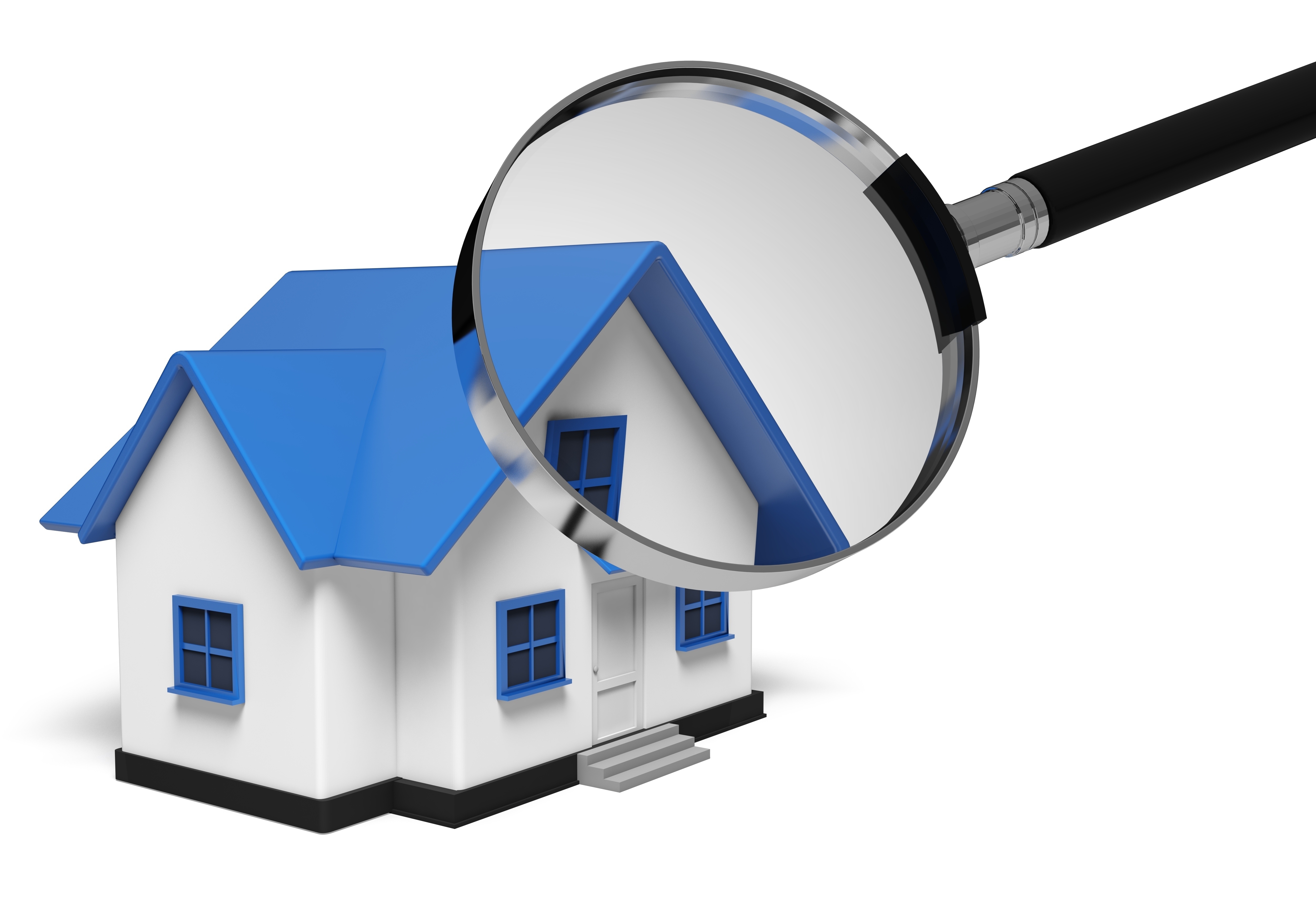
A Description of the Appraisal ProcessAcquiring a house can be the most significant investment most of us could ever encounter. Whether it's a primary residence, a second vacation property or an investment, the purchase of real property is an involved transaction that requires multiple parties to see it through. Practically all the people involved are quite familiar. The most recognizable entity in the transaction is the real estate agent. Next, the lender provides the financial capital needed to fund the deal. And ensuring all aspects of the transaction are completed and that the title is clear to transfer to the buyer from the seller is the title company. So, what party makes sure the property is worth the amount being paid? This is where the appraiser comes in. We provide an unbiased opinion of what a buyer could expect to pay — or a seller receive — for a property, where both buyer and seller are informed parties. A licensed, certified, professional appraiser from Renee Henry will ensure, you as an interested party, are informed. Inspecting the subject propertyOur first duty at Renee Henry is to inspect the property to determine its true status. We must physically see aspects of the property, such as the number of bedrooms and bathrooms, the location, amenities, etc., to ensure they truly are there and are in the condition a reasonable buyer would expect them to be. To ensure the stated square footage has not been misrepresented and illustrate the layout of the home, the inspection often requires creating a sketch of the floorplan. Most importantly, the appraiser identifies any obvious features - or defects - that would have an impact on the value of the property. After the inspection, an appraiser uses two or three approaches to determining the value of real property: a paired sales analysis, a replacement cost calculation, and an income approach when rental properties are prevalent. 
Replacement CostHere, the appraiser gathers information on local construction costs, the cost of labor and other elements to figure out how much it would cost to construct a property nearly identical to the one being appraised. This estimate usually sets the upper limit on what a property would sell for. It's also the least used method. 
Analyzing Comparable SalesAppraisers get to know the neighborhoods in which they work. They innately understand the value of specific features to the residents of that area. Then, the appraiser looks up recent sales in the neighborhood and finds properties which are 'comparable' to the subject being appraised. By assigning a dollar value to certain items such as fireplaces, room layout, appliance upgrades, extra bathrooms or bedrooms, or quality of construction, we add or subtract from each comparable's sales price so that they more accurately match the features of subject.
After all differences have been accounted for, the appraiser reconciles the adjusted sales prices of all the comps and then derives an opinion of what the subject could sell for. At Renee Henry, we are an authority in knowing the worth of particular items in Applegate and Placer County neighborhoods. This approach to value is most often awarded the most consideration when an appraisal is for a home purchase. Valuation Using the Income ApproachA third way of valuing approach to value is sometimes employed when an area has a reasonable number of renter occupied properties. In this scenario, the amount of income the real estate generates is taken into consideration along with income produced by neighboring properties to give an indicator of the current value. Arriving at a Value ConclusionCombining information from all approaches, the appraiser is then ready to document an estimated market value for the property in question. Note: While this amount is probably the most reliable indication of what a house is worth, it probably will not be the price at which the property closes. It's not uncommon for prices to be driven up or down by extenuating circumstances like the motivation or urgency of a seller or 'bidding wars'. Regardless, the appraised value is typically used as a guideline for lenders who don't want to loan a buyer more money than the property is actually worth. It all comes down to this, an appraiser from Renee Henry will guarantee you discover the most fair and balanced property value, so you can make profitable real estate decisions. |